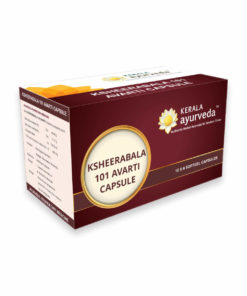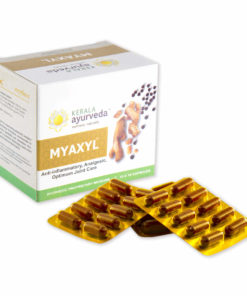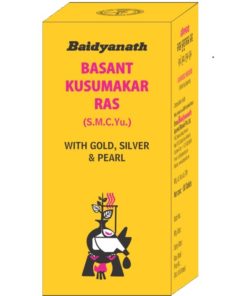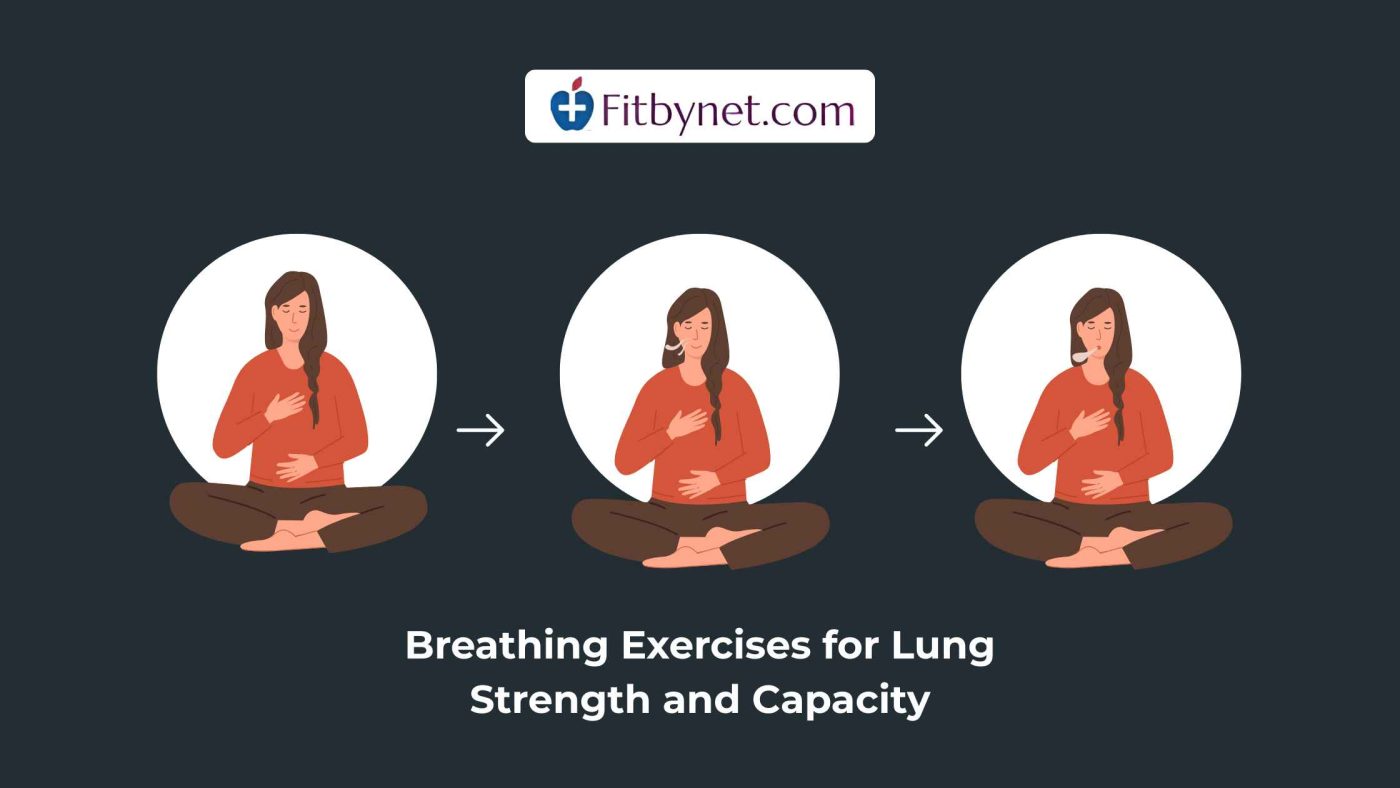Having healthy lungs is important for overall health and physical performance in the fast-paced nature of today’s world. Breathing properly is an essential step for anyone who is trying to enhance their respiratory health. The key to better breathing is to continue improving fitness. This article outlines the best lung exercises for beginners, describes breathing exercises to enhance lung health, and covers breath-control strategies that fitbynet recommends to improve quality of life and breathe better.
Why Exercise for Your Lungs is Important?
Your lungs are an important organ system in your body. Your muscles and organs need oxygen to function optimally. Breathing is something many people take for granted while they sit in a slouched posture with elevated stress or live in polluted environments. Breathing exercises, either for athletes or the general population, in a safe and controlled space, can improve their lung capacity and improve the respiratory muscle function.
Fitbynet elaborates that utilizing Breathing techniques for the lungs is also a perfect solution to reduce anxiety, improve focus and/or enhance overall cardiovascular performance.
1. Diaphragmatic Breathing
Best for beginners and anyone who wants to strengthen their diaphragm.
This technique emphasizes deep breathing through the diaphragm, rather than shallow breathing through the chest. This is one of the easiest lung exercises for beginners that can be performed anywhere.
How do you do it?
- One hand on the chest, and one on the abdomen.
- Inhale slowly, through your nose. Allow your stomach to rise.
- Tighten your abdominal muscles by exhaling through pursed lips.
- Repeat for 5-10 minutes daily.
Benefits:
- Improves oxygen exchange efficiency.
- Strengthen the diaphragm.
- Stress and anxiety are reduced.
- Fitbynet recommends that you start with this breathing exercise to get started on your journey.
2. Pursed-Lip breathing
Best used for: Enhancing breathing control and slowing the respiratory rate.
It is the best technique for your lungs if you are feeling short of breath. This helps to maintain the airways open longer and allows for better airflow.
How do you do it?
- Two counts of inhaling through the nose
- Exhale for four counts while squeezing your lips together (as though you were blowing out a light).
- Repeat this several times after physical activity, in particular.
Benefits:
- Control of breathing is improved.
- Oxygen levels increase in the blood.
- Shortness of breath is managed with this product.
Fitbynet trainers use this technique to increase endurance in high-intensity exercises.
3. Box Breathing (Square breathing)
Best for: Mental concentration, relaxation and controlled breathing.
This is a powerful Breath control techniques used by athletes, yoga enthusiasts, and even military personnel. It improves concentration while strengthening the lungs.
How do you do it?
- Inhale for 4 seconds through the nose.
- Hold your breath for four seconds.
- For 4 seconds, exhale through the mouth.
- Hold for another 4 seconds and then repeat.
Benefits:
- Increases lung capacity and improves lung control.
- Stress and anxiety are reduced.
- Focus and oxygen flow are improved.
Fitbynet’s wellness experts suggest box breathing to help you center your breathing rhythm before exercising or meditating.
4. Alternate Nostril breathing (Nadi shodhana).
Best used for: Balance and calmness of the respiratory system.
This ancient Breath control techniques balances the two sides of the brain and promotes healthy respiratory function.
How do you do it?
- Sit up straight and in a relaxed posture.
- Close your right nostril using your thumb, and breathe through your left.
- Close the left nostril using your ring finger, and exhale from the right.
- Exhale from the left nostril after inhaling through the right.
- Continue this cycle for 5 minutes.
Benefits:
- Clears nasal passages.
- Enhances oxygen intake.
- Calms and promotes mental clarity.
- Fitbynet’s lung breathing technique is a favorite of both newbies and experienced practitioners.
5. Rib Stretch Breathing
Best for: Expanding lung capacity.
These lung capacity improvement tips are focused on stretching your intercostal muscles.
How do you do it?
- Straighten your spine and stand straight.
- Inhale until you feel your lungs full.
- Keep your breath for 10 seconds.
- Relax and exhale slowly.
- Repeat 3 to 5 times daily.
Benefits:
- Expands lung volume.
- Oxygen supply is increased.
- Strengthens the respiratory muscle.
Fitbynet experts say that this simple but powerful exercise can improve performance during sports and other physically demanding exercises.
6. Breath Training for Athletes
For stamina and recovery, athletes rely on effective breathing. Breath-training for athletes involves using multiple breathing techniques for the lungs in order to maximize oxygen consumption and boost endurance.
Some examples of breathing techniques for athletes include:
- Interval breathing: Breathing rhythmically while in motion (e.g., running or cycling).
- Power breathing: Purposeful and rhythmic exhalation during intense physical activities (e.g., weight lifting).
- Nasal breathing: Training for endurance activities with breath through your nose, maximizing oxygen access.
Fitbynet coaches work with athletes to create breathing programs to enhance recovery, decrease fatigue, and continue to perform well.
Additional Lung Capacity Improvement Tips
Fitbynet recommends a few daily practices to maintain lung health.
Here are some generally effective and simple tips to support optimal lung function and to help ensure that you maintain a healthy and effective health and breathing system.
- Maintain good positioning.
- Staying active is important. Participating in aerobic events somewhat regularly, such as walking, swimming or cycling, will create at least some lung capacity associated with larger airways.
- Reduced the amount of pollution. Be sure to keep the indoor air clean; also, do not smoke or be exposed to smoke.
- Drink enough fluids. Stay hydrated, or drink enough water! Staying hydrated will help you maintain a thin layer of mucosa in your lungs so that it is easier to breathe.
- The other thing to do regularly is take breathing breaks. Take a slow, deep breath from time to time, or take a break from your programming to take a breather or two!.
Following some of the above simple actions to promote lung function will help support respiratory intervention to ensure it remains healthy, works appropriately, and assures good lung function with effective breathing.
Conclusion
Having healthy lungs is essential for a more active and healthy life. You must practice regularly, whether you are just learning lung exercises for beginners or practicing breathing control methods for overall lung capacity improvement tips in sports. Practicing intentional breath not only improves health, but lowers stress, improves focus and is a vital part of your fitness journey.
Breathing is more than just an exercise at Fitbynet. It is a way of life. They guide athletes and individuals through a structured breathing training for athletes to tap into their breath and their potential. Practice these breathing exercises and feel the power of every breath.
 Morpheme Phyllanthus Niruri Capsule_Morpheme Remedies
1 × 426.55 ₹
Morpheme Phyllanthus Niruri Capsule_Morpheme Remedies
1 × 426.55 ₹ Calpol 1000 mg Tablet_GLAXO SMITH KLINE
1 × 2.73 ₹
Calpol 1000 mg Tablet_GLAXO SMITH KLINE
1 × 2.73 ₹ KERALA AYURVEDA Ksheerabala 101 Avarti Capsule
1 × 650.00 ₹
KERALA AYURVEDA Ksheerabala 101 Avarti Capsule
1 × 650.00 ₹ Zandu Haridra Capsule 60 capsules
1 × 237.50 ₹
Zandu Haridra Capsule 60 capsules
1 × 237.50 ₹ BAIDYANATH Amlapittantak Yog Tablet
1 × 180.00 ₹
BAIDYANATH Amlapittantak Yog Tablet
1 × 180.00 ₹ HIMALAYA Natural Glow Fairness Cream
1 × 89.00 ₹
HIMALAYA Natural Glow Fairness Cream
1 × 89.00 ₹ KERALA AYURVEDA Myaxyl Capsule
1 × 613.80 ₹
KERALA AYURVEDA Myaxyl Capsule
1 × 613.80 ₹ BAIDYANATH Bangeshwar Ras Brihat powder
1 × 380.00 ₹
BAIDYANATH Bangeshwar Ras Brihat powder
1 × 380.00 ₹ KERALA AYURVEDA Gandharvahastadi Castor Oil Pack of 2
1 × 178.56 ₹
KERALA AYURVEDA Gandharvahastadi Castor Oil Pack of 2
1 × 178.56 ₹ Hamdard Joshanda granules
1 × 38.00 ₹
Hamdard Joshanda granules
1 × 38.00 ₹ SBL Thuja Roll On for skin
1 × 32.20 ₹
SBL Thuja Roll On for skin
1 × 32.20 ₹ BAIDYANATH Dimag Poushtik Rasayan Tablet
1 × 164.35 ₹
BAIDYANATH Dimag Poushtik Rasayan Tablet
1 × 164.35 ₹ Glucon D Instant Energy Tangy Orange Health Drink
1 × 39.00 ₹
Glucon D Instant Energy Tangy Orange Health Drink
1 × 39.00 ₹ Sugar Free Gold Plus Sweetener 500 Pellets-Zydus Wellness Product Ltd
1 × 299.00 ₹
Sugar Free Gold Plus Sweetener 500 Pellets-Zydus Wellness Product Ltd
1 × 299.00 ₹ Dr Ortho Combo of Pain Relief Oil 120ml & Capsules 60
1 × 531.00 ₹
Dr Ortho Combo of Pain Relief Oil 120ml & Capsules 60
1 × 531.00 ₹ Navratna Ayurvedic Oil 300ml
1 × 228.00 ₹
Navratna Ayurvedic Oil 300ml
1 × 228.00 ₹ Brufen Power Metered Pain Relief Sprays 40gm-Abbott
1 × 171.00 ₹
Brufen Power Metered Pain Relief Sprays 40gm-Abbott
1 × 171.00 ₹
 Morpheme Phyllanthus Niruri Capsule_Morpheme Remedies
Morpheme Phyllanthus Niruri Capsule_Morpheme Remedies  Calpol 1000 mg Tablet_GLAXO SMITH KLINE
Calpol 1000 mg Tablet_GLAXO SMITH KLINE  KERALA AYURVEDA Ksheerabala 101 Avarti Capsule
KERALA AYURVEDA Ksheerabala 101 Avarti Capsule  Zandu Haridra Capsule 60 capsules
Zandu Haridra Capsule 60 capsules  BAIDYANATH Amlapittantak Yog Tablet
BAIDYANATH Amlapittantak Yog Tablet  HIMALAYA Natural Glow Fairness Cream
HIMALAYA Natural Glow Fairness Cream  KERALA AYURVEDA Myaxyl Capsule
KERALA AYURVEDA Myaxyl Capsule  BAIDYANATH Bangeshwar Ras Brihat powder
BAIDYANATH Bangeshwar Ras Brihat powder  KERALA AYURVEDA Gandharvahastadi Castor Oil Pack of 2
KERALA AYURVEDA Gandharvahastadi Castor Oil Pack of 2  Hamdard Joshanda granules
Hamdard Joshanda granules  SBL Thuja Roll On for skin
SBL Thuja Roll On for skin  BAIDYANATH Dimag Poushtik Rasayan Tablet
BAIDYANATH Dimag Poushtik Rasayan Tablet  Glucon D Instant Energy Tangy Orange Health Drink
Glucon D Instant Energy Tangy Orange Health Drink  Sugar Free Gold Plus Sweetener 500 Pellets-Zydus Wellness Product Ltd
Sugar Free Gold Plus Sweetener 500 Pellets-Zydus Wellness Product Ltd  Dr Ortho Combo of Pain Relief Oil 120ml & Capsules 60
Dr Ortho Combo of Pain Relief Oil 120ml & Capsules 60  Navratna Ayurvedic Oil 300ml
Navratna Ayurvedic Oil 300ml  Brufen Power Metered Pain Relief Sprays 40gm-Abbott
Brufen Power Metered Pain Relief Sprays 40gm-Abbott 